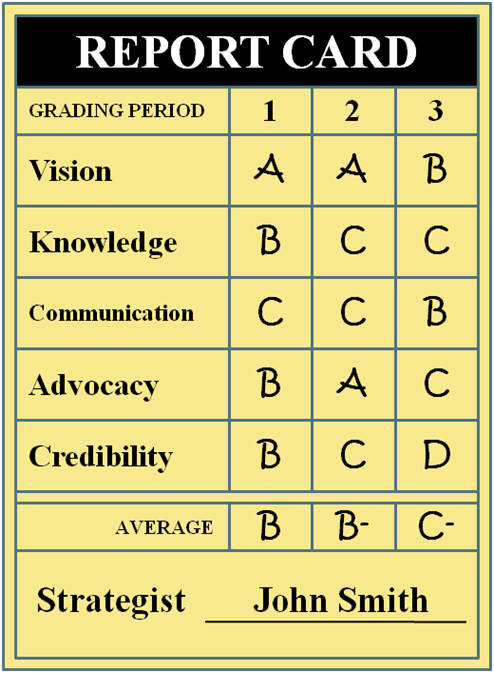 There was a time, not so long ago, when the obvious solution for wanting something sweet to eat was sugar. You know, sugar that is natural, cheap and effective (if only temporarily for some of us). It is easy to get sugar in many different forms that fit your purposes. There are at least two problems with sugar. First, if your teeth brushing habits are not good then you can develop cavities. Second, if your exercise habits are similarly lacking, you can gain weight.
There was a time, not so long ago, when the obvious solution for wanting something sweet to eat was sugar. You know, sugar that is natural, cheap and effective (if only temporarily for some of us). It is easy to get sugar in many different forms that fit your purposes. There are at least two problems with sugar. First, if your teeth brushing habits are not good then you can develop cavities. Second, if your exercise habits are similarly lacking, you can gain weight.
To overcome the side effects, substitutes were created.
The substitutes (e.g., stevia, saccharin, aspartame, sucralose, neotame, and acesulfame potassium) are meant to look like sugar, taste like sugar and behave like sugar in recipes. Their virtue is that they overcome the issues of real sugar (not rotting your teeth or adding weight). But, here’s the problem. While the various substitutes solve some problems quite well, they can introduce new problems that are more severe than what they have solved. For instance, studies are ongoing about the cancer causing impact of the artificial sweeteners.
Substitutes have their own problems that may be worse than the original substance.
Business leaders have reactions to strategy that are a bit like the reactions to natural sugar. Many leaders in business would claim to have a strategy, that their strategy was good and that it was effective. There have product strategies, technology strategies, organization strategies, people strategies and more in their company. In fact, if a little strategy is good, a lot of strategy must be better. However, the kickback from the proliferation of strategies is the side effects. After all, the organization and its customers can only absorb so much strategy. It gets confusing to understand, difficult to place in context and hard to track. So, guess what?
Leaders develop substitutes for effective strategy.
Here are 5 “strategy substitutes” that are common in organizations. Each has its own unintended side effects.
 “Accumulation of Tactics”
“Accumulation of Tactics”
The virtue of tactics is that almost everyone is already involved and busy with their tactical responsibilities. The success or failure of tactics is usually known quickly. Leaders can simply convey to the organization that the sum of the to-do lists equals the direction of the company. This overcomes the real difficulty of properly using strategy to implement and measure an effective long term course. The negative side effect is that it is easy to waste a great deal of organization energy on what is unimportant or contradictory to the real future goals.
 “Stone Tablets”
“Stone Tablets”
Of course, strategy is sometimes given a lofty position in a company. The strategic statements of management are venerated (as management intends them to be) as profound summaries of the future. The “stone tablets” contains these statements and like the original ones from Mt. Sinai, they are not meant to change. It is easy to accept such statements if divinity is actually involved. But there are no such figures in business. Simple statements, communicated once and slavishly adhered to overcome the difficultly of maintaining an adaptive strategy at the expense of ignore obvious changes in the environment. The negative side effect is that all strategy statements lose their relevance and credibility quickly.
 “Magic Slogan”
“Magic Slogan”
It’s amusing (and a little sad) to observe large companies over time. Many of them (especially those selling to consumers) develop ad campaigns to capture the public’s attention. A common way to do so is to develop and repeat a simple slogan (think Ford, “Quality is Job 1“). Slogans may prove useful in advertising but when they come to represent the bulk of the business strategy, something is missing. Managers misappropriate what has been developed for the mass market for reuse within the company. The magic slogan becomes the strategy. The negative side effect is that the strategy is seen to have no depth and internal customers (e.g., employees) rightly understand that little effort was expended to craft something to guide their work.
 “Divorced From Reality”
“Divorced From Reality”
Sometimes strategists are given free rein to develop all of the strategy that they want to develop. And, like good employees, they set off to create beautiful depictions which show how the company will trample the competition and return incredible value to stockholders. The only problem (as if this was a small problem) is that the organization is intentionally insulating the strategy from reality checks. It is an academic exercise that avoids comparisons to competitors, assessments about implementation effectiveness and measurements of success. The negative side effect is that strategy is viewed as a checklist item and an unimportant one at that.
 “Fire Drill”
“Fire Drill”
The usually correct response to a fire in a building is to get out as fast as possible. Some businesses see fires all around them. Their strategy is to get away from those “fires” as soon as possible. Every activity is oriented around survival and the management is reliably fast to react to dangers. Strategy that is always shaped by “fires” means that the organization rarely moves effectively in normal times. A common management trick in dysfunctional organizations is to introduce fire drills to direct the organization. Aside from the artificial manipulation involved, the negative side effect is that the strategy has no reflective character.
When a business is using the “real” thing, look for a strategy that has the following characteristics.
- It is distinguished from the tactics by having an overarching, longer term focus.
- It is adaptable (not fixed in stone) as the environment changes.
- It has significant meaning at many levels inside and outside the organization.
- It is regularly discussed, measured and evaluated (leading to the adaptation).
- It represents the studied reflection over time of the organization.
Substitutes have their appeal. They also carry with them significant side effects. Using the real thing does cost time and money but the benefits are well worth the effort.


